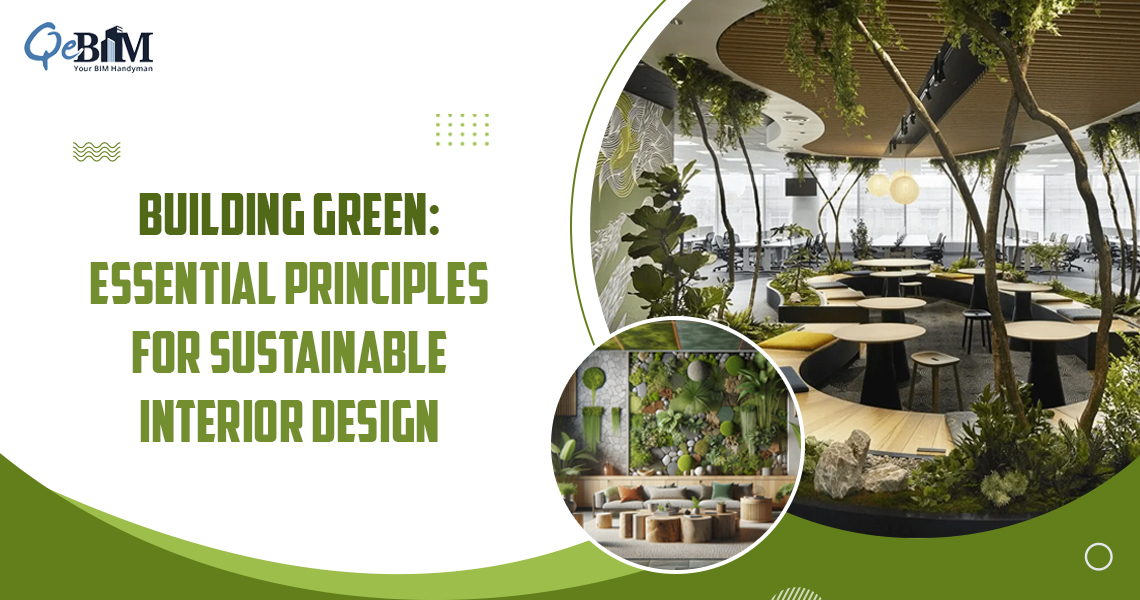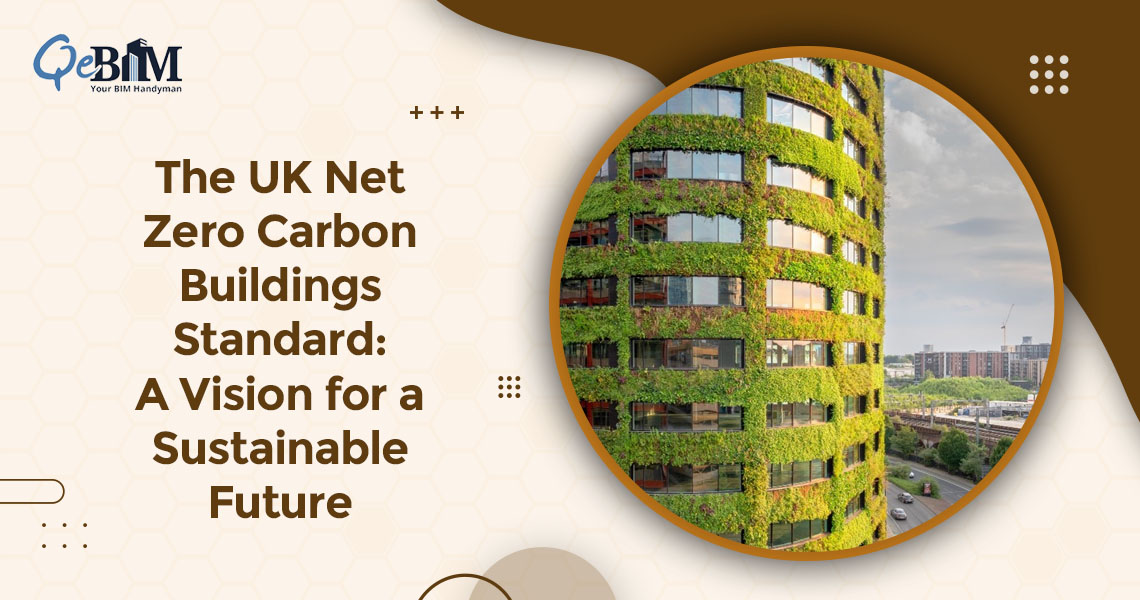Sustainability is no longer optional, it is an essential imperative. The interior design industry is evolving to integrate the sustainable practices thereby reducing the environmental impact while enhancing the quality of the indoor spaces. The sustainable interior design goes beyond the aesthetics. It focuses more on the responsible material choices, energy efficiency along with creating the healthier living environments. Let’s dive into some fundamental principles and strategies that defines the sustainable interior design.
Foundational Principles of Sustainable Interior Design
- Eco-Friendly Materials
The sustainable interiors prioritizes the materials with the minimal environmental impact. This encompasses reclaimed wood, recycled metal, and low-VOC paints and finishes. In addition to this, natural and renewable resources such as bamboo, cork as well as the wool are also preferred for their sustainability and durability.
- Energy Efficiency
A well-designed interiors should optimize the energy use by incorporating the natural lighting, LED lighting solutions long with the energy-efficient appliances. The smart home technologies such as automated lighting and climate control further enhances the energy conservation. Sustainability & Energy Analysis can play a critical role in ensuring that the energy use is optimized and carbon footprints are minimized during the design and implementation stages.
- Indoor Air Quality Enhancement
Maintaining an indoor air quality is quite crucial for the occupant’s health. The designers should select the materials that do not emit any harmful chemicals and also use the indoor plants to naturally filter the air. The adequate ventilation systems also plays a key role in ensuring a healthy indoor environment.
- Waste Reduction and Recycling
The sustainable design minimizes the waste by repurposing the existing materials and choosing the products with a longer lifespan. Recycling materials from any type of demolition or construction and also selecting the furniture that can be recycled or upcycled reduces the landfill wastes.
- Water Conservation
Water-efficient fixtures, such as low-flow faucets, showerheads and also dual-flush toilets, helps to conserve the water. Incorporating the rainwater harvesting systems along with the water-efficient landscaping further supports the sustainability in the interior design.
- Holistic Design
A holistic approach considers the entire lifecycle of materials and products thereby ensuring that the sustainability is integrated at every stage right from sourcing to the disposal. This approach also emphasizes on the well-being of the occupants by creating spaces that enhances comfort, productivity and overall health.
- Upcycling
Upcycling is a creative and sustainable practice that involves repurposing old or discarded items into practical, new pieces. This reduces the waste, extends the lifespan of materials and also promotes the unique, customized design solutions.
- Local Sourcing
Sourcing materials and products locally helps to reduce the carbon footprint from transportation, while supporting regional economies. It also ensures the materials are better suited to the local climate and culture thereby fostering both sustainability and authenticity in design.
Strategies for Implementing Sustainable Interior Design
- Choosing Sustainable Suppliers
Working with those suppliers and manufacturers who adhere to an environmentally responsible practices like using the recycled materials as well as the sustainable production processes would be a wise choice.
- Prioritizing Multifunctional and Durable Furniture
Choosing durable, long-lasting furniture reduces the need for frequent replacements hence leading to less wastage. The modular and multifunctional furniture also enhances the space utilization as well as the efficiency.
- Incorporating Passive Design Techniques
Designing spaces with passive cooling and heating techniques such as strategic window placement, thermal insulation along with the cross-ventilation reduces the reliance on the artificial climate control thus saving huge on the energy.
- Using Non-Toxic Finishes and Furnishings
Opt for natural, non-toxic paints, adhesives as well as finishes to reduce the indoor pollutants and enhance the overall well-being.
- Embracing Biophilic Design
Biophilic design integrates the natural elements such as greenery, water features and also some sort of natural lighting to create a connection with the nature. This enhances the well-being, productivity and overall environmental sustainability.
- Utilizing Rendering Services
The power of Interior Rendering Services cannot be understated in visualizing the sustainable interior designs. High-quality 3D renderings allows the designers and clients to understand better about how the sustainable materials, energy-efficient systems and the design choices will come together in the finished spaces. This also ensures that the design meets both the aesthetic and the environmental standards.
Conclusion
The sustainable interior design is a holistic approach that balances the functionality, aesthetics, and environmental responsibility. By adhering to the eco-friendly principles and implementing the above-mentioned strategic solutions, the designers can create interiors that are not only beautiful but also environmentally and socially responsible.
As sustainability is all set to shape the future of design, you can adopt these principles to ensure that your interior spaces contributes positively to both the people and the planet.

